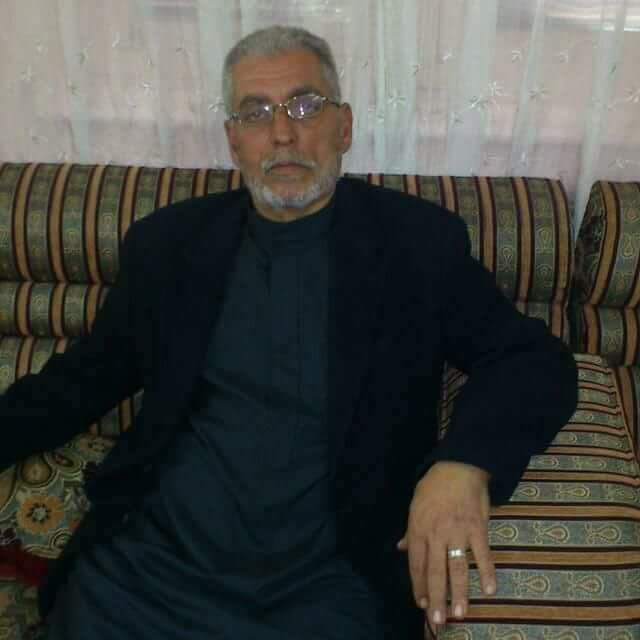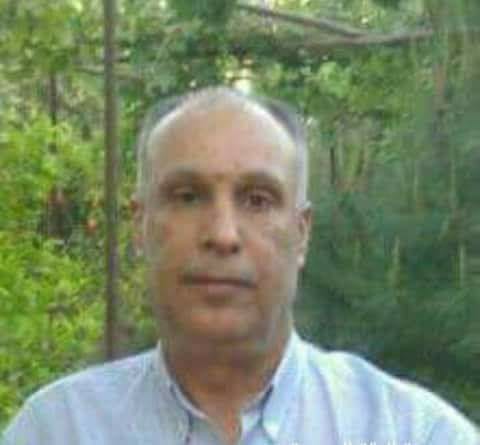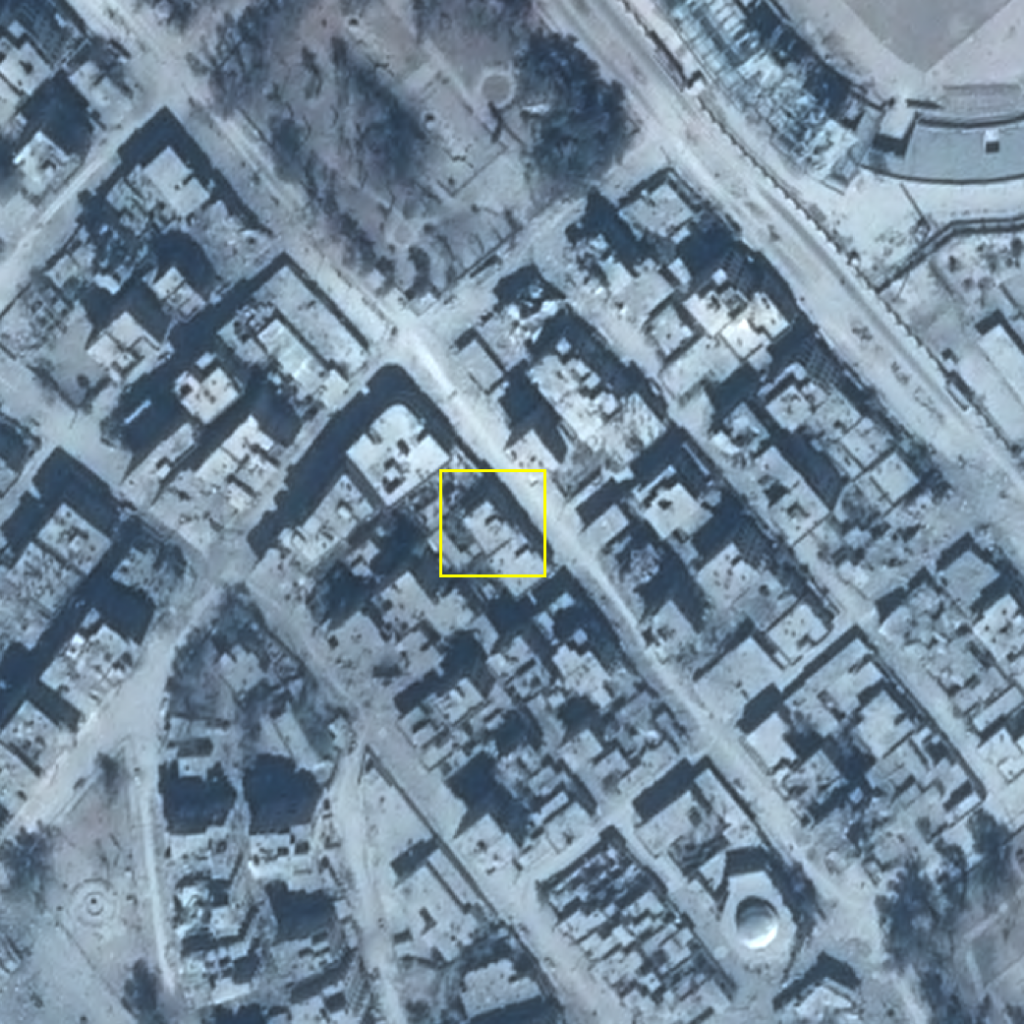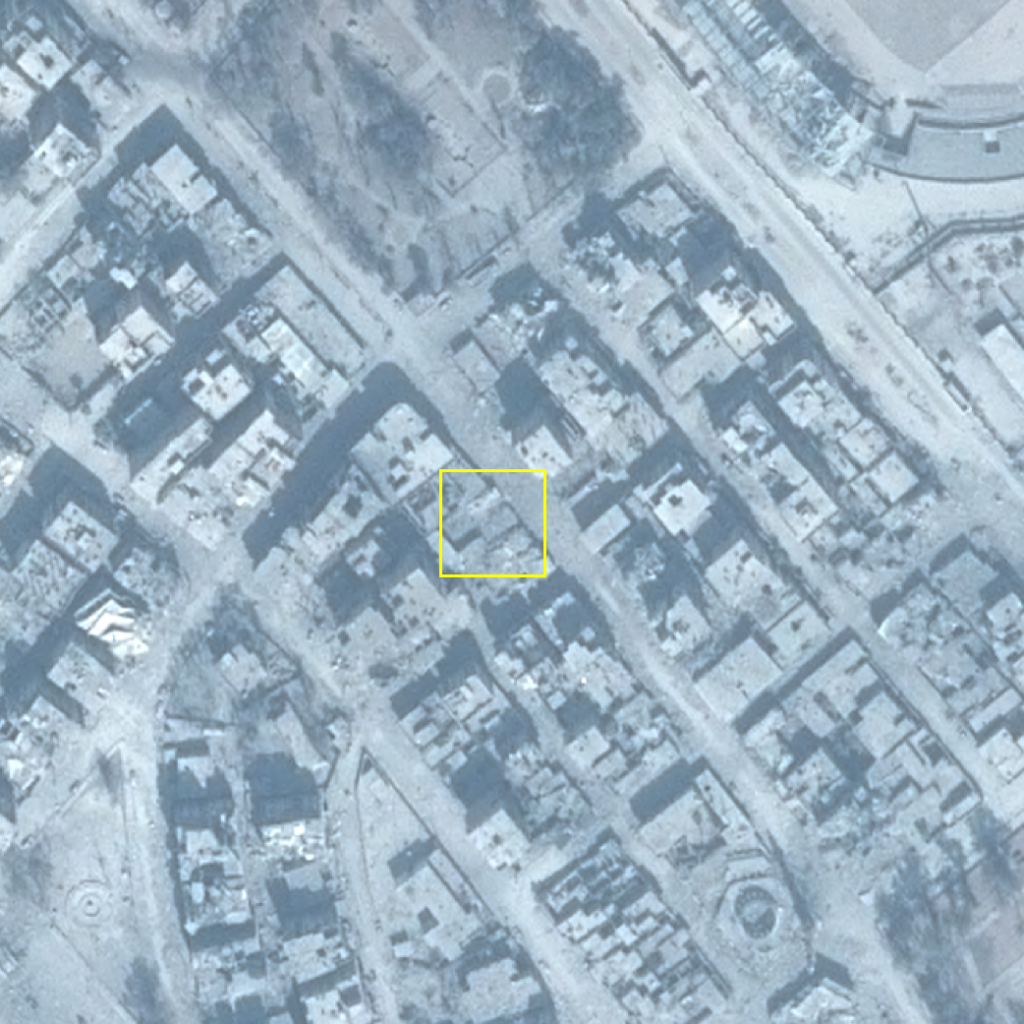Incident Code
Incident Date
Location
Geolocation
Geolocation
Airwars Assessment
(Previous Incident Code: S1290)
In September 2017, it was reported that 7 civilians were killed in the Al Fardous neighbourhood in Raqqa, following alleged US-led Coalition airstrikes.
Alraqqa Ahlna identified three of the victims and said that an additional “three young men and one woman” were killed but they remained unidentified as the bodies were still under rubble. A later report from Ar Raqqa Al Hadath gave further details of one of the victims, Abu Aboud Ibrahim Al-Karaf: he was a judge who had graduated from the University of Damascus in 1994 with a Doctorate in law. According to the report the coalition bombing “hit his house next to Al Basrawi mosque.” It described him as “one of the most prominent jurists in the province of Raqqa” where he “served as a public lawyer”. Reportedly he “refused to leave Raqqa until the date of his martyrdom”. All sources blamed the US-led Coalition for the incident. Some cited the use of artillery. Airwars understand that only the Coalition have access to artillery in Raqqa.
In February 2019, the Coalition assessed this event to be non-credible. Their report noted: “After review of all available strike records it was determined that more likely than not civilian casualties did not occur as a result of a Coalition strike.”
During investigations of this event for the April 2019 joint Airwars and Amnesty report War in Raqqa: Rethoric versus Reality (www.raqqa.amnesty.org), Amnesty field researchers named 2 more victims and identified the precise location of this strike, reporting that a total of 5 people were killed. The report notes: “Two members of the Badran family and three neighbours were killed in the last of four separate air strikes which killed a total of 39 family members and 10 neighbours as they fled from neighbourhood to neighbourhood in search of safety.” The strike hit Faisal Mahmoud Al Sukhni’s house (a three-storey building) at 4pm, west of the Fardous mosque, killing the owner, tenant and 3 guests. Another man and his son in a separate section of the house survived. Amnesty researchers spoke to a witness, named Rasha: “As Ousama and Mohammed left the neighbour’s house a drone struck the road. They ran back into the house and immediately a plane bombed the house and destroyed it. Mohamed, Ousama, the owner of the house and two guests were all killed.” Amnesty also spoke to Abdel’ila Basrawi al Karaf, who testified to the event that killed his father, Ibrahim Basrawi al Karaf.
In their monthly civilian casualty reports, the US-led Coalition has indicated that the credibility of Amnesty’s civilian harm allegation is in the process of being assessed.
Victims
Individuals


Key Information
Geolocation Notes

Image of Faisal Mahmoud Al Sukhni’s house before the strike on September 8, 2017 (via Amnesty International)

Image of Faisal Mahmoud Al Sukhni’s house after the strike on September 20, 2017 (via Amnesty International)
